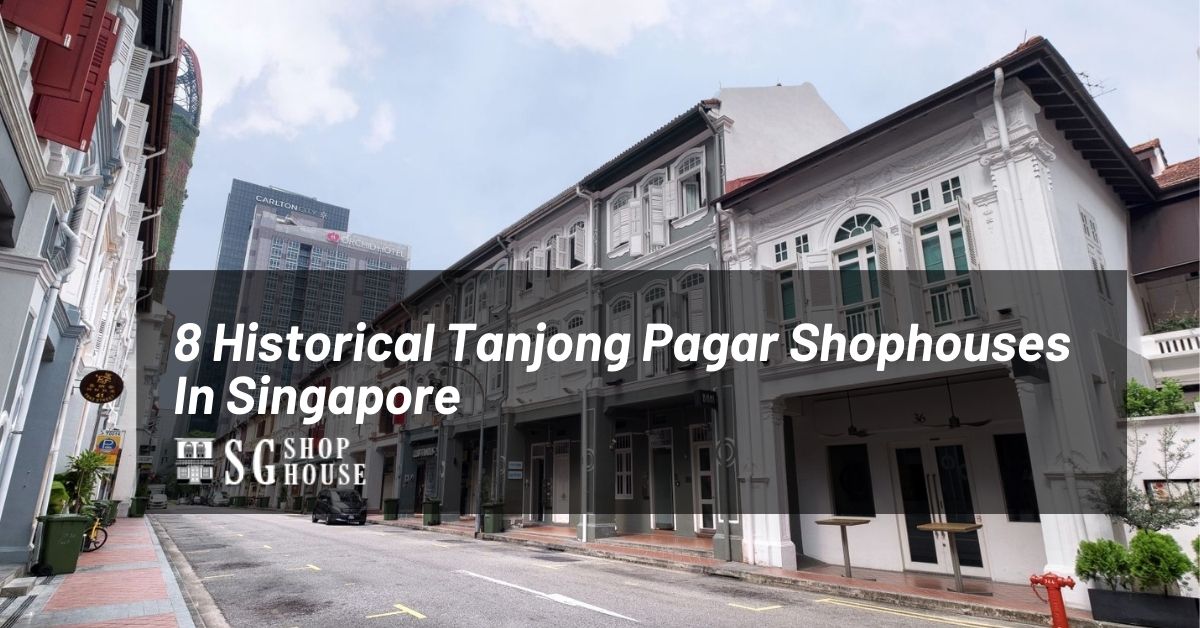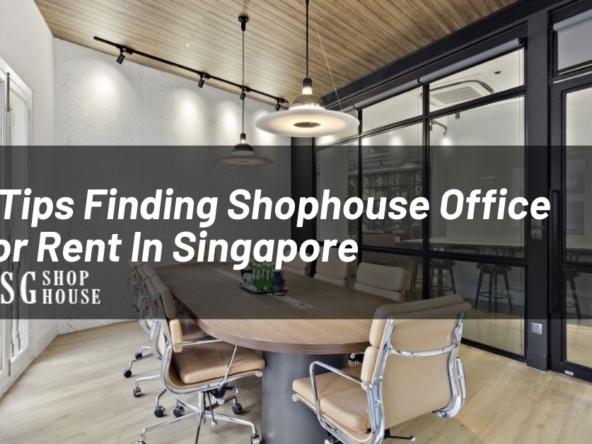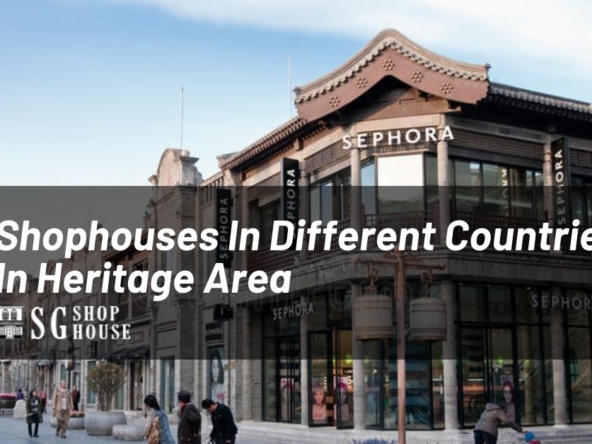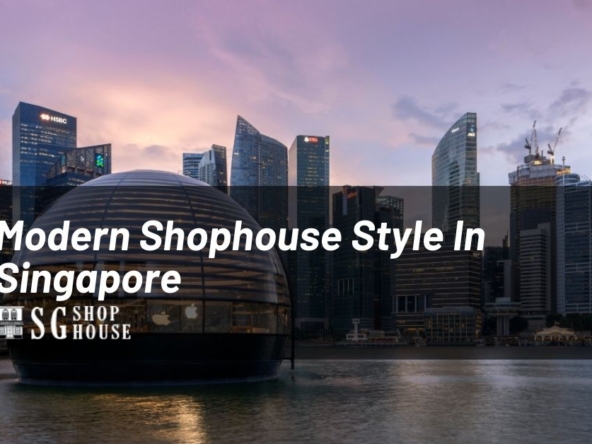Tanjong Pagar
Tanjong Pagar in Malay means Cape of Stakes, a name that reflects its origin as the site of a fishing village. It was with the opening of docks nearby in the mid-19th century that accelerated the development of the area due to its location between the docks and town. Today, the area is popular with eateries, entertainment joints, and wedding boutiques. To the south of Chinatown, between the bay and the city, is this former center for dockworkers and the flesh trade pre-WWII. The area was marked for conservation in the 1980s, kick-starting a rapid gentrification process. Now, it’s one of the city’s top dining destinations with everything from Russian fare to modern European molecular gastronomy. Other recent arrivals include a host of vintage stores showcasing toys, fashion, furniture, and books from previous decades which make great souvenirs. There are 8 historical Tanjong Pagar Shophouses in Singapore.
1.Baba House

Baba House, which has served as a museum for Peranakan history since 2008. The townhouse on 157 Neil Road was built in the 1890s and was the home of an illustrious Peranakan shipping family. A Peranakan heritage house with exhibits just as vibrant as its bright blue exterior, NUS Baba House is a fantastic journey into the early 20th century home of a prominent Straits Chinese family. Once the ancestral home of shipping tycoon Wee Bin, this pre-war terrace house is one of the few traditional Peranakan shophouses in Singapore with its elaborate original interiors still intact.
The National University of Singapore acquired and restored the house, thanks to a donation by Agnes Tan, the youngest daughter of renowned Malacca-born businessman and community leader Tun Tan Cheng Lock. After a two-year restoration, NUS Baba House opened in 2008. Today, it is managed by the university, which sent in researchers to preserve its exterior and interiors architecture, including furnishing and household wares. Archaeologists and art historians from the university had the opportunity to carry out excavations and a study on the iconography of the building’s ornamentation.
You’ll find these artifacts among the more than 2,000 Peranakan antiques and decorative items displayed on the first and second floors. Don’t miss the temporary exhibitions on Peranakan themes at the gallery on the third floor. The displays of antiques, furniture, and daily items like crockery typical to the lifestyles of the Peranakan people of the time, draw both locals and tourists. Visits to NUS Baba House, are strictly by appointment, and visitors are required to sign up in advance for a heritage tour.
Address: 157 Neil Road
2.Dong Ya Building
This is Singapore’s oldest Coffee Shop (东亚, Dong Ya). Built-in 1939. The Art Deco Dong Ya building was quite arguably the most iconic Kopitiam in Singapore. Since 1939, their coffee shop which was located at the junction of Teck Lim and Keong Saik Road was the place to drink a cup of kopi, munch on super crispy toast, and enjoy a 270° view of time slowly ticking by. Unfortunately, like a lot of local establishments, that super-premium location has now been taken over by some upmarket eating establishment. Thankfully, Dong Ya managed to relocate just across the street.
However, Dong Ya was not forced to move because of an increase in rental like most other eateries. They actually owned the shop space. Or at least, the family-owned the shop space, and when someone came along and offered a princely sum for it, all the family members wanted to cash in on their share. The shop was thus sold but fortunately, the business was left to Ah Wee who had been running the coffee shop for years.
Address: Keong Saik Road
3.Eng Aun Tong Building (旧永安堂)

Eng Aun Tong (Hall of Everlasting Peace) was used by the Haw Par brothers, who made the famous Tiger Balm muscle rub on 89 Neil Road. This building standing on the prominent corner of Neil Road and Craig Road was built by Aw Boon Haw in 1926. This is one of the few flat-roofed buildings from before World War II. On the roof is a six-sided pavilion, a reference to the six-sided glass bottle that Tiger Balm is sold in. This was the factory of the famous Tiger Balm. It was said that the top of the building was to resemble the cap of the Tiger Balm bottle, but the architect persuaded otherwise. The top of the building has since been renovated a few times. Once it was occupied by the French Business Centre. To the residents around this building, this was part of their economic activities. Since then, many of the residents, if not all, had moved out from Craig Road, Duxton Road, and even Tanjong Pagar Road.
Haw Par Corporation Limited is a Singapore-based company involved in healthcare, leisure products, property, and investment. It is the company responsible for Tiger Balm branded liniment (ointment). Its brands also included Kwan Loong and it also owns and operates weekend and leisure time destinations such as oceanariums. The Haw Par Group owns two oceanariums: the now-defunct Underwater World oceanarium attraction at Sentosa, Singapore, and Underwater World Pattaya in Thailand.
Address: 89 Neil Road
4.9 Neil Road

Between 1987 and 1988, 32 dilapidated shophouses of a hybrid Hokkien-Teochew style were restored by the
Urban Redevelopment Authority. This was the first-ever project undertaken by the government to demonstrate
to the private sector that it was technically possible and commercially viable to restore Singapore’s heritage
buildings to their former glory. The first unit to be restored was 9 Neil Road and converted into a Chinese teahouse (Tea Chapter) which hosted Queen Elizabeth II on her State visit in 1989.
5.Jinrikisha Station (人力车站)
![]()
The building was built in 1903 by the Municipal Council as the administration centre for rickshaws, a form of
transportation imported from Japan via Shanghai in the 1880s. It is of the Edwardian style, where the exposed
brickwork is contrasted with white plaster mouldings. Look out for the crest of the Municipal Council at the front of the building, featuring a lion standing on an island with a palm tree.
Address: 1 Neil Road
6.Former Jing Hwa Cinema (旧金华戏院)

Together with the Majestic and the Oriental, Jing Hwa Cinema, built-in 1958, was one of Chinatown’s three famous cinemas. It was designed by local architect Wong Foo Nam in the Modern style and was the first to have a basement carpark and extensive floor-to-ceiling windows. It is remembered fondly by many as the venue of romantic first dates and holiday treats.
Address: 1 Tanjong Pagar Road
7. Murray Terrace

Built-in 1929, this Art Deco streetblock has exposed brickwork and unique lion head rain spouts. In 1977, instead of urban renewal through demolition and rebuilding, the Urban Redevelopment Authority pioneered the rehabilitation of the then Stateowned property for adaptive reuse. Along with other rehabilitation projects at Tudor Court and Emerald Hill, these buildings were the forerunners of Singapore’s conservation programme that was to start in 1989.
Address: 2 to 28 Murray Street
8.Former Custom House
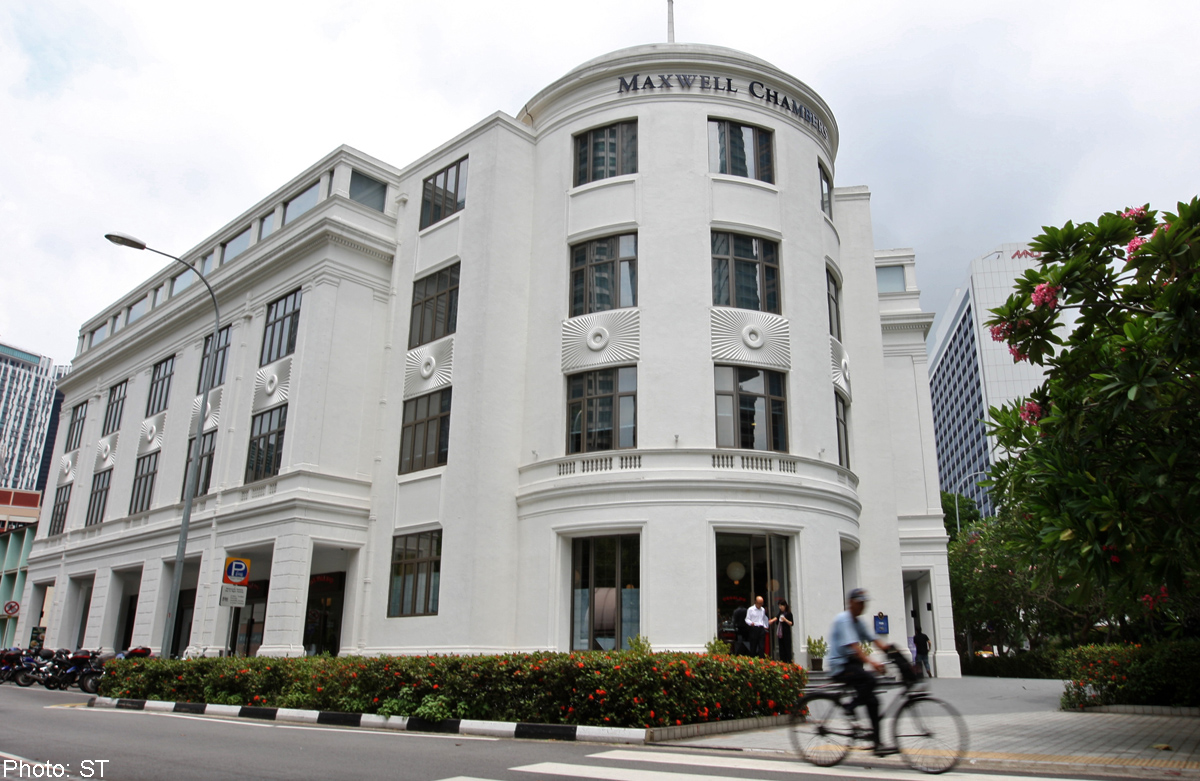
This Neo-Classical style building with unique sun-ray moulded panels and staggered corner was built in 1932 to house the Department of Customs and Excise, FilmCensor’s Office, and Maxwell Road Post Office. When the Singapore Customs moved out in 1989, it was put to commercial use and renamed the White House, a name
many Singaporeans still remember the building by.
Address: 32 Maxwell Road


